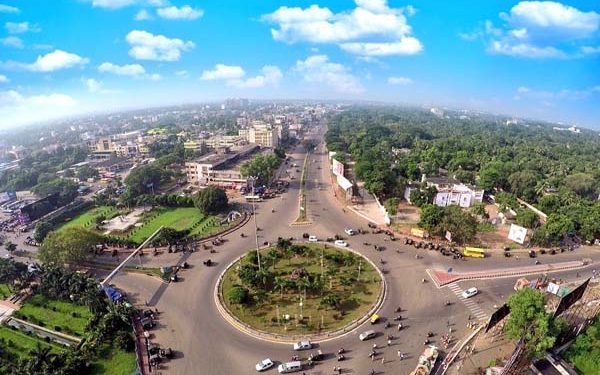Piyush Ranjan Rout
In 1948, Bhubaneswar became the modern capital of Odisha. It was the first planned capital city of independent India. Its plan kept in mind the convenience of women who would reside in it. Every facility, be it healthcare centre or market, was within walking distance. This plan could have been strengthened by adding 24×7 availability of public transport. But, somehow, over the years Bhubaneswar has lost its neighbourhoods-based urban planning.
The lack of proper planning has only added to urban problems. In a study that focused on the role of women in cities, historian Elizabeth Wilson wrote: “Although women, along with minorities, children and the poor, are still not full citizens in the sense that they have never been granted full and free access to the streets, industrial life still drew them into public life and they have survived and flourished in the interstices of the city, negotiating the contradictions of the city in their own particular way.”
In more than seventy years since Independence, modern city planners have advocated building cities that are more responsible towards women. But this aspect has been constantly overlooked by many cities, including Bhubaneswar. Now, when a debate is on about women’s safety in smart cities to-be such as Bhubaneswar, can the change happen? It definitely can. Building a woman-centric city is not an expensive affair. It only calls for innovative approaches. Such cities are more inclusive and benefit not just women.
Like many cities Bhubaneswar has also grown on ideas of production and consumption. Its design shift has been influenced by thinking oriented towards the ‘male worker’. It has, in turn, led to exclusions, lack of opportunity and infrastructure that impedes access to women. Over the past few years, safety in public spaces has also risen as a major concern.
Experiences not only internationally but also from Bhubaneswar city audits have consistently pointed out that well-designed, well-illuminated and inclusive public spaces are more likely to be used by all including women and children irrespective of social standing.
It is true that most public spaces in urban areas are governed by multiple stakeholders driven by their own interests. But within such constraints, the city needs to reinvent its public spaces. The absence of women in leadership is no longer a reason for the state of affairs today. The problem is how effectively women representatives today are able to push development agenda through local government politics, where males still influence policymaking.
Vienna in Austria is a bright example of a city that transformed itself in tune with the needs of women and other vulnerable sections of society within just two decades. Many other cities in the world, such as Stockholm, Bogota and New York, have also turned themselves woman-friendly. All these have one common feature: Women are able to walk around the city without fear any time of day or night. They have achieved this by adding more woman-friendly neighbourhood parks, among other things. These cities have wider sidewalks and huge ramps near major intersections to make movement easier. They added lighting to streets to make women feel safe at night, and also moved bus stops to spots where women felt comfortable waiting. In these cities, every design decision takes into account the needs of girls and women as well as other often overlooked groups, such as immigrants and the differently-abled. This was called “gender mainstreaming” or “fair-shared cities”.
Today when decision-makers in Bhubaneswar are advocating a smart city, they cannot ignore women, children and the differently abled. Simple measures such as ensuring adequate and functional public toilets; laying out proper, barriers-free zebra crossings; access to public spaces and utility services such as public health centres, markets and schools within walking distance and efficient street lighting at night, could break ground for cities built around women, children and the differently-abled.
Separate buses or autos for women or police stations exclusively for them cannot correct results of improper planning. Our cities have to be retrofitted with all stakeholders in mind. Hopefully the mistakes of the past will be corrected when Bhubaneswar is being built as a smart city.
The writer is an urban planner. He can be reached on Twitter @piyushrout.






































